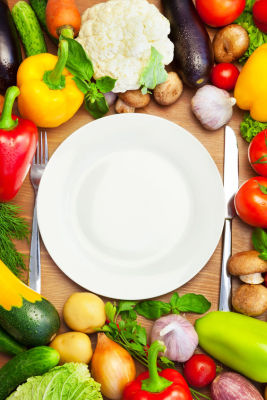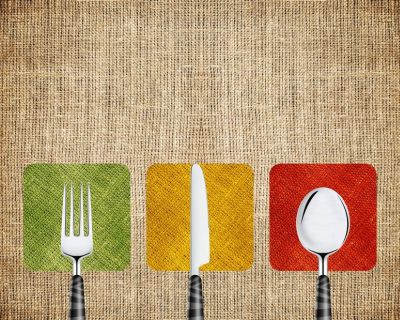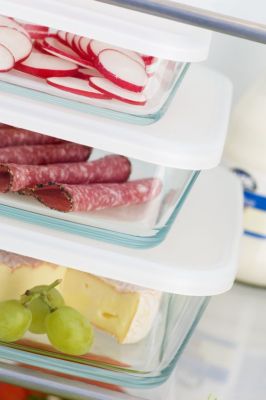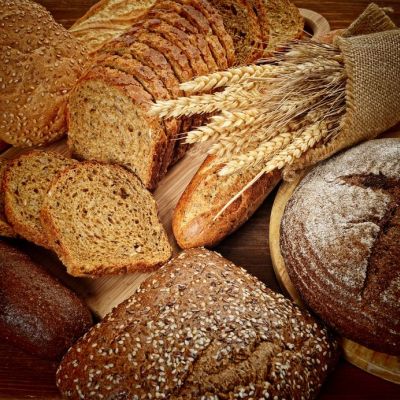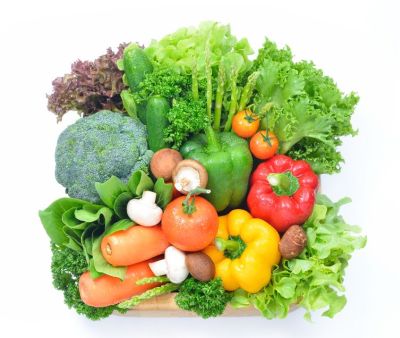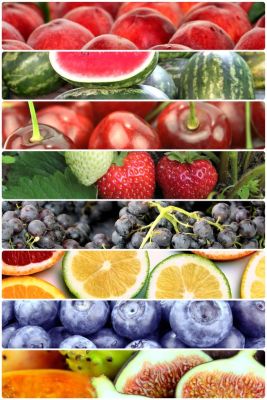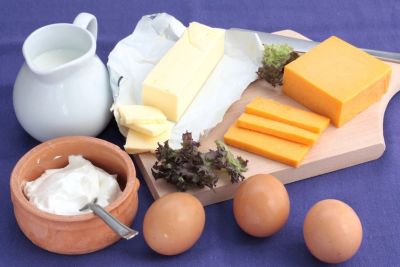Key Message
Make half your grains whole
Grain Group
Grain Group foods provide complex carbohydrates and fiber. Two categories make up the Grain Group — whole grains and refined grains. Whole grains include the entire grain kernel:
- The protective outer layers or bran.
- Inside the seed or endosperm.
- The grain's small powerhouse or germ.
Refined grains, such as white rice, pasta or white bread, have the bran and germ removed to give them a finer texture. Many refined grains are "enriched" to replenish the B vitamins — niacin, thiamin, folic acid and riboflavin, and the iron removed during processing. Fiber and other trace nutrients, however, are not added back after processing.
- Complex carbohydrates are an important source of energy.
- B vitamins help our body release and use energy. B vitamins also help to keep our blood, skin and nervous system healthy.
- Iron, an important part of red blood cells, carries oxygen to all parts of the body.
- Fiber helps promote regular digestion and may reduce the risk for certain cancers and heart disease.
MyPyramid recommends that people of all ages eat whole grains for at least half of their daily Grain Group servings. Use the ingredient list and the % Daily Value (%DV) on the Nutrition Facts label for choosing whole grains more often:
- Read the ingredient list, not just the product description. Products described as multi-grain, stone-ground, 100% wheat, cracked wheat, seven-grain, or bran on the package are often not whole-grain products.
- Look for whole grain as the first ingredient and the word “whole" before the type of grain, such as whole wheat, whole oats, whole rye, or whole grain corn. Other whole grains to look for are brown rice, graham flour, oatmeal or bulgur.
- Read and compare Nutrition Facts labels and select the food that has a higher percent %DV for fiber. For example, compare whole-wheat spaghetti and refined spaghetti, whole-wheat English muffins and white English muffins, or white and brown rice.
- Foods that have 10% DV Total Fiber per serving are a "good source," and foods that provide 20% DV Total Fiber are an "excellent source."
Foods in the Grain Group
Foods from wheat, corn, oats, buckwheat, barley, rice and rye in the Grain Group include:
- Breads — all types, white, wheat, and rye; buns; rolls; English muffins and bagels
- Cereals — hot and ready-to-eat
- Rice — all types
- Pasta — all types including spaghetti, macaroni and noodles
- Tortillas, crackers, pancakes waffles, biscuits, corn bread, bulgur and other foods made from flour and grains
Cookies, donuts and cakes are extra foods and are in the "Others" category. Proportionately, these foods provide few nutrients compared to calories.
